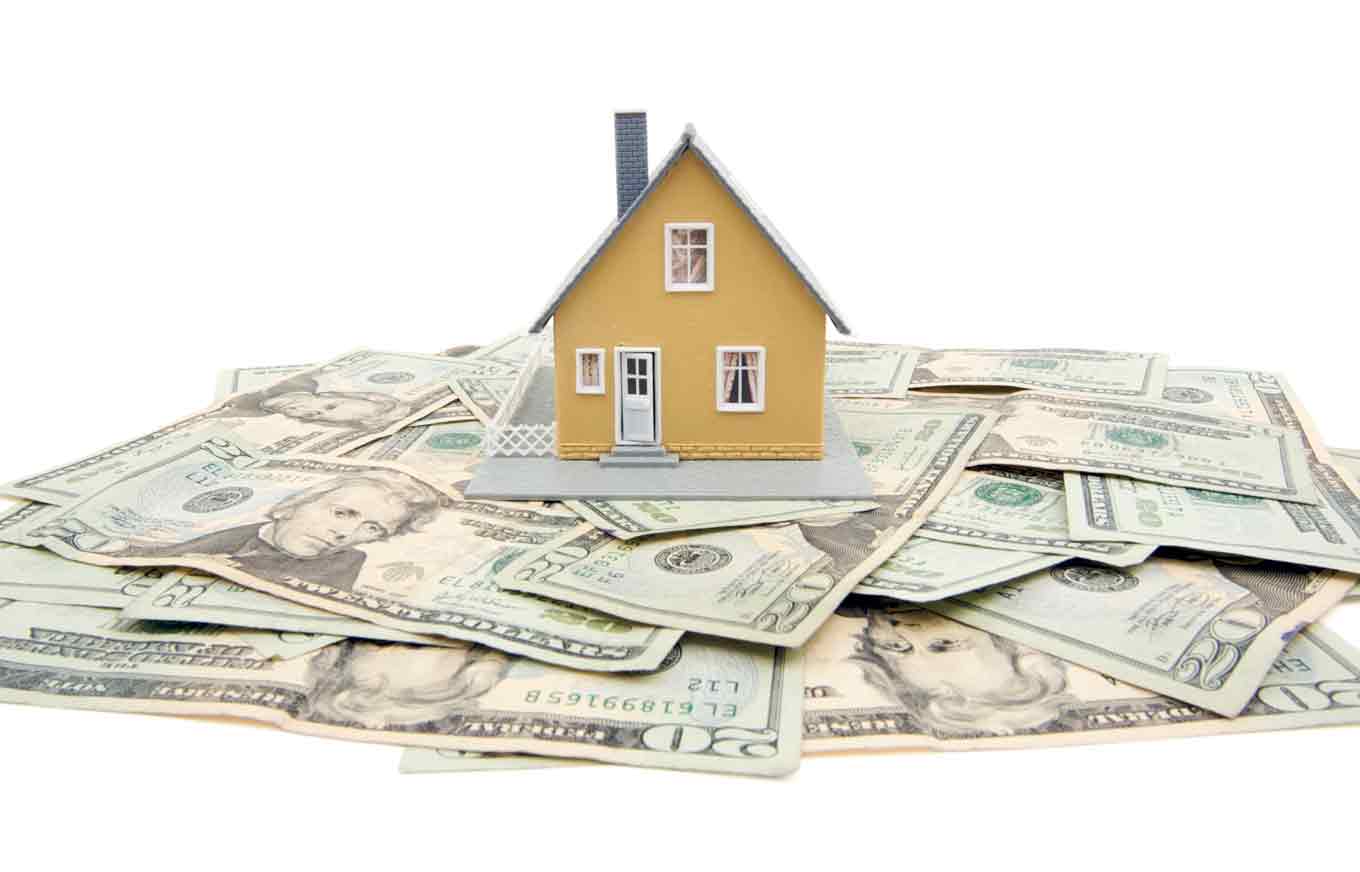It's great if you actually have 20 percent to put down on your first home, but this kind of down payment isn't necessary by all means. Still, many prospective homebuyers believe that 20 percent down is the norm, and that could be holding them back from buying their first home.

According to theNational Association of Realtors' 2017 Aspiring Home Buyers Profile report, some 39 percent of non-owners say they believe they need more than 20 percent for a down payment on a home purchase. Twenty-six percent believe they need to put down 15 to 20 percent, and 22 percent say they need a down payment of 10 percent to 14 percent to buy a home.
But in fact that's a load of nonsense - The average down payment on a purchase mortgage in 2016 was just 11 percent! And that's just the average; often times, the down payments are much lower than this. Indeed, the average down payment size for those under the age of 35 was just under 8 percent in the last year, according to NAR's survey.
As such, “aspiring first-time buyers think it takes twice as much to buy a home than it really does,” writes Jonathan Smoke, realtor.com®’s chief economist, in his latest column.
How much a person truly needs for a down payment depends on their situation. Their financial circumstances, home location, and the price of the home are important factors.
But there are many mortgage options that offer the opportunity to make low or even no down payments. For example, the Department of Veterans Affairs and the U.S. Department of Agriculture offer no-money down loans to those who are eligible. In 2016, 16 percent of buyers under the age of 35 put no money down on their home purchase.
Further, the largest share of loans for buyers under age 35 last year were for people putting down less than 5 percent on a home purchase (or about $3,500). The 3 percent down payment programs backed by Fannie Mae and Freddie Mac, and the 3.5 percent FHA mortgage that primarily targets first-time buyers, are both helpful programs to consider. These loan programs don’t require unblemished credit either. The average FICO score was 713, but realtor.com® notes borrowers with a 639 were still getting approved.
As such, Smoke says the millennial dreaming about homeownership needs to get this message: They need a FICO score of at least 639 and enough for a 5 percent down payment (that is, if they don’t qualify for the other programs with lower payment options). In that case, they'll need to save about $3,500 to buy in the typical American town.